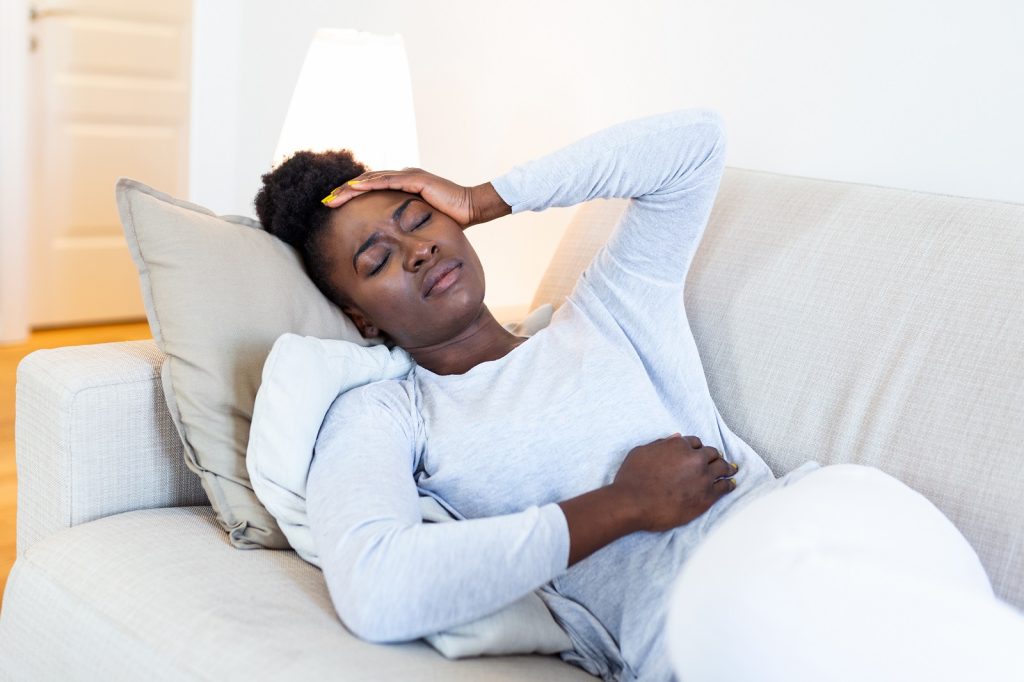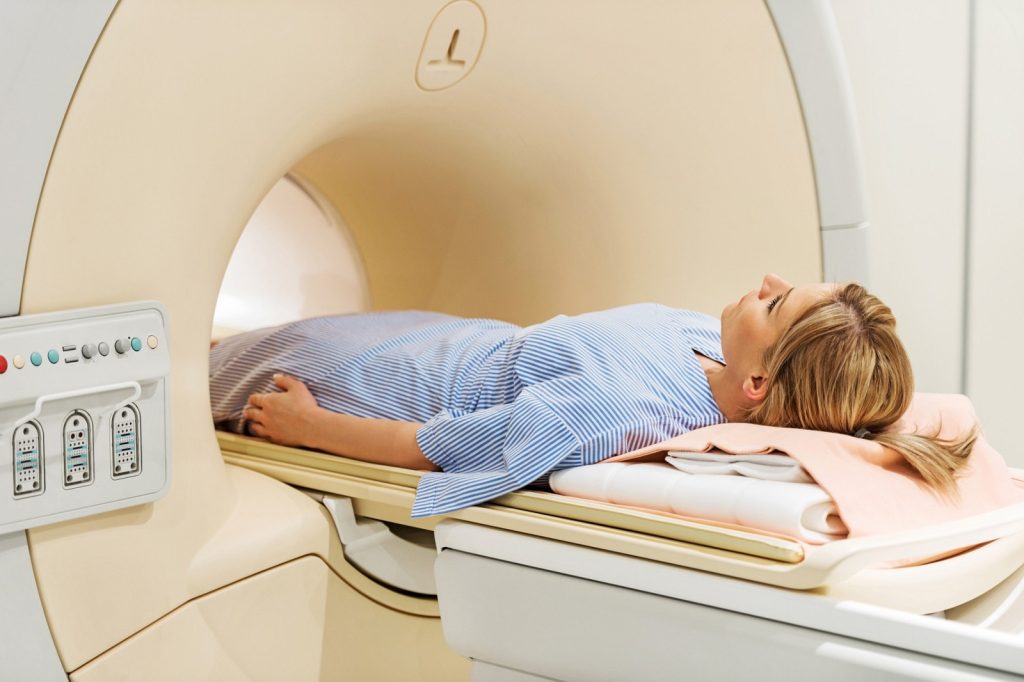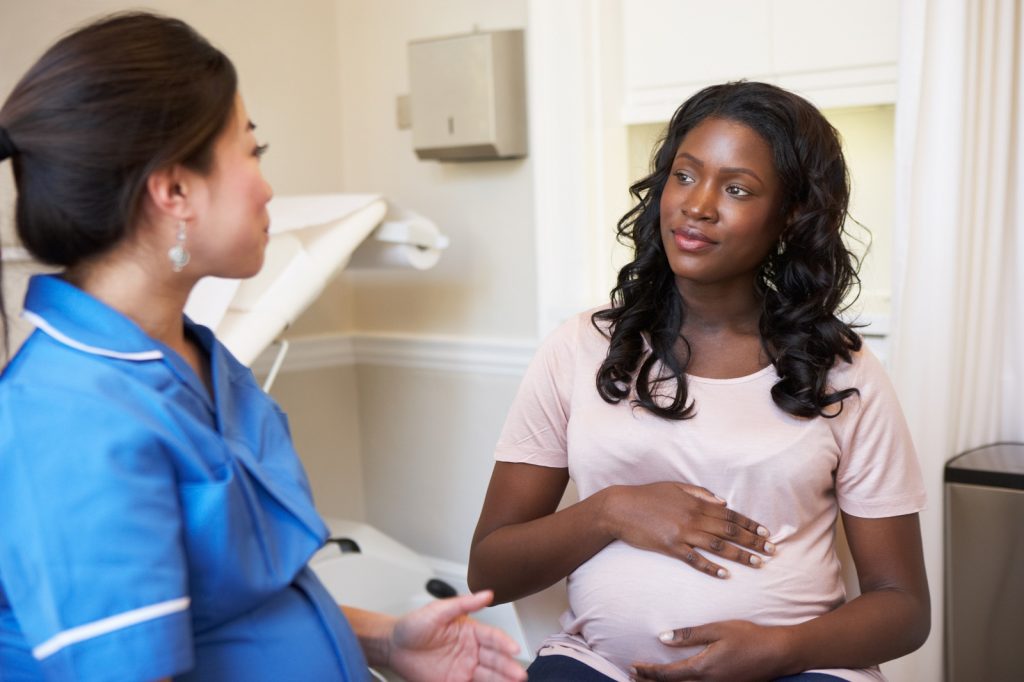Many women reading this have a good chance of developing uterine fibroids one day. After all, fibroids are the most frequently seen tumors of the female reproductive system, with 3 out of 4 women developing uterine fibroids in their lifetime. But being diagnosed with fibroids isn’t a reason to despair, as you may have been told. There are countless gynecological fibroid myths that simply aren’t true. Its high time someone stands up and dispels these untruths so that more women can be armed with the correct information.
At Fibroid Institute Dallas, we believe educating women helps them know the difference between fact and myth so they can make informed decisions about their healthcare. This is especially true when it comes to fibroids, which continue to be a woefully misunderstood and underfunded condition for women all over the world.
What Are Fibroids Exactly?
Before getting into the bigger gynecological fibroid myths, let’s briefly describe what fibroids are and some of the more common symptoms. Fibroids are benign growths that develop from the muscle tissue of the uterus. You may have one fibroid or many of differing sizes which can grow slowly or quickly. They can also stay the same size. With fibroids, you may have painful and debilitating symptoms that make it hard for you to carry on with your normal day-to-day activities.
Fibroid symptoms may include:
- Painful periods, including heavy or inconsistent menstrual bleeding
- Debilitating cramps, pelvic pain, and pressure
- Pain during sexual intercourse
- Bloating or swelling in the lower abdomen
- Back or leg pain
- Bladder dysfunction
- Constipation, diarrhea, and rectum discomfort
- Fatigue and weakness

Fibroids are so common that if you have several fibroid symptoms, your chance of having one or more uterine fibroids is high. To know for certain, your doctor or gynecologist will conduct a few tests to find out. Below are three common diagnostic methods.
Fibroid Diagnostic Tests
- Physical exam — Your doctor may notice if you have fibroids during a routine pelvic exam by gently pressing on your pelvis with their hands to explore the region. Fibroids often cause the uterus to become larger, so depending on your situation, your doctor might even be able to feel the fibroids.
- Ultrasound — Beyond a pelvic exam, the next step is usually an ultrasound. This form of imaging uses sound waves to take a picture of your uterus either by moving a device across your abdomen or inserting it into your vagina. An ultrasound helps your doctor determine if you have fibroids and the approximate size of each one.
- MRI — An MRI is the best imaging technique because it provides the most information. An MRI shows fibroids that are not visible on ultrasound. Pelvic MRI provides the most detail in terms of the number, size, and exact location of all fibroids in the uterus. It can also show other potential sources of your symptoms and give the doctor a better idea of which treatment is best.

Gynecological Fibroid Myths That Just Aren’t True
Surprising as this may sound, many women don’t know what fibroids are or how their lives can be dramatically affected by them. At Fibroid Institute Dallas, patients often come to us just now learning that fibroids are the source of an array of symptoms easily confused with or blamed on “typical women’s health issues.” As a result, women suffer in silence and delay treatment because they believe many of the common gynecological fibroid myths that simply aren’t true. Let’s look at a few of these myths.
Fibroids Myth #1: All Fibroids Cause Pain
One of the top gynecological fibroid myths is that they are all extremely painful. In reality many women who have fibroids don’t experience any symptoms and might not otherwise know they have them until their doctor notices them during a routine pelvic exam. This is because fibroids come in all shapes and sizes. Generally, as fibroids grow, they can cause more discomfort, although smaller fibroids can be problematic too depending on their position. But while some do cause discomfort, it is not always the case.
Fibroids Myth #2: Fibroids Have Consistent, Defined Symptoms
As we said earlier, fibroid symptoms can easily be confused or blamed on typical women’s health issues. Also, no two women may experience the same symptoms. Some may not experience any discomfort. Therefore, there aren’t one or two symptoms that are telltale, clearly defined signs that you definitely have fibroids. The most common symptoms include heavy menstrual bleeding, long cycles, pelvic pain, and discomfort, but additional symptoms can run the gamut.
Fibroids Myth #3: A Fibroid Tumor Is Cancerous
This gynecological fibroid myth is an understandable one to believe since fibroids are tumors, and most people automatically assume that tumors are cancerous. While extreme fibroid cases can turn into cancer, the majority of fibroids are benign or noncancerous. In fact, the Office on Women’s Health says that less than one in 1,000 cases involve a cancerous fibroid. Having fibroids doesn’t increase the risk of developing a cancerous fibroid.
Fibroids Myth #4: Fibroids Always Cause Infertility
While fibroids can affect pregnancy in terms of causing premature births, creating changes in the cervix’s shape, reducing the number of sperm that can enter the uterus, or affecting the baby’s positioning, fibroids are only found in 2% to 12% of pregnant women and generally aren’t an issue. Most fibroids do not become too large or cause problems. If a fibroid grows, it usually does so in the first 12 weeks of pregnancy.

Fibroids Myth #5: Fibroids Only Affect Women in Their 30s and 40s
This myth about fibroids can easily be debunked since researchers estimate that 70 to 80% of all women develop fibroids between 35 and 54. However, fibroids can also develop in women as young as their 20s, especially at any point during their reproductive years. Fibroid growth is tied to hormones progesterone and estrogen, so the only time where fibroid risks tend to decrease is when those levels drop during menopause.
Fibroids Myth #6: A Hysterectomy Is the Only Treatment Option for Fibroids
A hysterectomy has long been the surgical answer for treating many women’s health issues, including painful fibroids. But removing or shrinking a fibroid does not require an invasive surgery, and it’s certainly not the best option for every woman. While having a hysterectomy can be the choice for women in some cases, it might not be necessary for others—and that may include you. Other options include a myomectomy or Uterine Fibroid Embolization. UFE is a minimally invasive procedure designed to shrink fibroids and alleviate disruptive symptoms without the need for surgery, incisions, vaginal access, or removing the uterus.
Fibroids Myth #7: Fibroids, Tumors, Polyps, and Cysts Are the Same Thing
False. While all of these terms may sound the same at first glance, they are, in fact, completely different. As stated earlier, a fibroid tumor is rarely associated with cancer. The same can be said for polyps, which are simply made of endometrium tissue. Meanwhile, a cyst can develop on the ovaries and become malignant.
Support for Women with Fibroids at Fibroid Institute Dallas
Do you suffer from uterine fibroid symptoms? Knowing everything you possibly can about your fibroids, including the truths, will go a long way in helping you and your doctor determine the right course of action. At Fibroid Institute Dallas, our team is dedicated to helping you become #FibroidFree. We want to debunk many of the gynecological fibroid myths that still exist today.
Medical Director and Founder of Fibroid Institute Dallas, Dr. Suzanne Slonim, endorses Uterine Fibroid Embolization (UFE), the gold standard in non-surgical fibroid treatment. Fibroid expert Dr. Suzanne Slonim has treated thousands of women with UFE. Request a free 10-15 minute phone screening to determine if you are eligible. After the screening, if you qualify for UFE, you can schedule your onsite or telehealth consultation.
State-of-the-art equipment at our Fibroid Institute Dallas North office offers availability of onsite ultrasound and MRI imaging, allowing for a much more efficient evaluation of each patient’s candidacy for UFE. Depending on insurance, a patient can have her MRI and be seen immediately afterward, even possibly get scheduled during the same visit for her UFE. Most major medical insurance providers cover the cost of UFE.
Get started on a #FibroidFree life today by calling 214-838-6440 or completing the form below.
Fibroid Institute Dallas serves the DFW area including Fort Worth, Grand Prairie, HEB, Arlington, Hutchins, Irving, Duncanville, DeSoto, Cedar Hill, Lancaster, Cockrell Hill, Highland Park, University Park, Park Cities, Garland, Mesquite, Richardson, Dallas, Addison, Carrollton, Plano, Frisco, McKinney, Allen, and all of North Texas.
Prior to starting any new treatment or if you have questions regarding a medical condition, always seek the advice of your doctor or other qualified health provider. This information is not a substitute for professional medical advice.

